By: Claire Adams, Interpretive Ranger at Greenfield & Monadnock State Parks
During my adventures as the Interpretive Ranger at Greenfield State Park, I have spent a lot of time outdoors. And due to that constant exposure to the same patch of nature, I have had the privilege of catching glimpses of the variety of wildlife that inhabit the park. Honestly, the diversity of wildlife encounters I have had since late June at Greenfield has surprised me since the park is often crowded and not far off the main road. But this pocket of protected forested campground seems to attract many animals that thrive living on the ecological “edge.”
Of course, there are those animals that you’ll commonly see in residential neighborhoods or on a walk around town: chipmunks, gray and red squirrels, song birds, common ravens, wild turkeys. You won’t have to leave the campground or look very hard for these wild animals; I tend to see at least one of these every time I turn around at the park. And if you spend more than five minutes at any of the parks’ three beaches, you will probably be greeted by the family of mallard ducks living there.
But there are many more small animals that call Greenfield home that you may not always get to see in your backyard. All the ponds around the park make excellent habitat for numerous reptiles and amphibians. I have personally seen a spotted turtle, spring peepers, a gray tree frog, American toads, green frogs, northern water snakes, common garter snakes, and more bullfrogs than anywhere else I have ever lived. (If you would like to see some of these species for yourself, join me for my ponding and bog hike programs on the weekends at Greenfield State Park.)
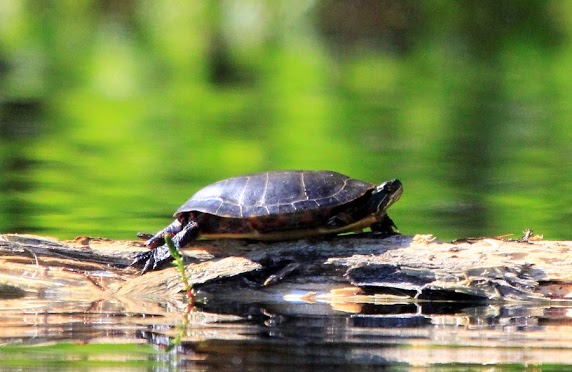
I have also had the privilege of seeing (or hearing) some not-too-common birds. Several times now I have watched one or two great blue herons fly overhead while walking around the beach. These large birds are easily identified by their brilliantly blue wings and shoulders, long stick-like legs, and pointed beaks. Two more birds that I have yet to see but have heard several times are the common loon and a pair of barred owls. On a quiet day at the beach, you may be able to hear the tremolo call of the common loon echoing across the lake. Look for a black head with red beady eyes and a sharp, black beak floating on the surface of the water after hearing the call. The barred owl might be a bit trickier to find, since they are nocturnal and are well-adapted to staying silent and out-of-sight. But you just might hear their characteristic call, “Who cooks for you, who cooks for you all,” on a weekend camping trip to Greenfield!
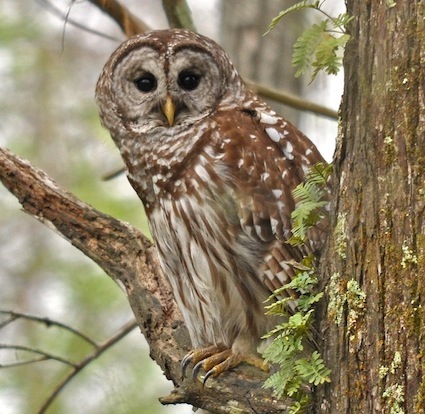
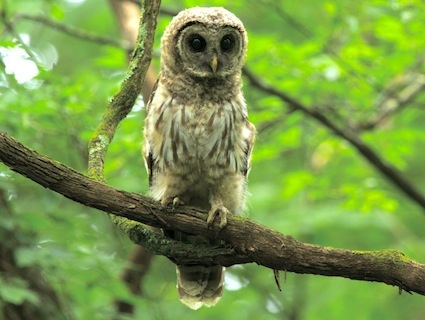 Juvenile Barred Owl. Two juveniles and one adult were responsible for the ruckus this midsummers evening.
Juvenile Barred Owl. Two juveniles and one adult were responsible for the ruckus this midsummers evening.There are also a few wildlife sightings that took me by surprise. The first one happened a few weeks ago during my pollinators program. I was walking with a family of four around the swamp behind the day-use beach parking lot, when the young boy in the group pointed out a little brown bird running along the trail in front of us. It was an American woodcock! These chunky little shorebirds are usually difficult to see due to their brown-mottled feathers that help them excellently camouflage with the ground on which they nest and feed. It is also unusual to see them active in the mid-afternoon on a hot summer day, since they are most active at dawn and dusk in the spring. But we were lucky enough to see one slowly walking ahead of us on the trail in search of the earthworms they eat out of the dirt. That surprise guest to my program kept everyone of high alert for anything else we could see for the remainder of the walk.
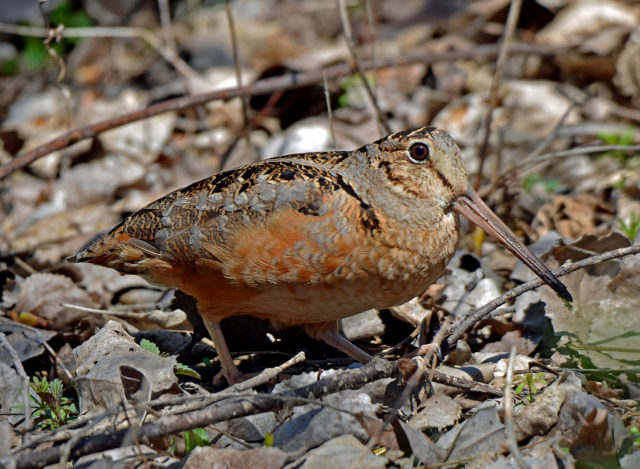
The last, and most exciting, wildlife encounter I have had thus far at Greenfield has to be the time I saw a black bear. It was the first time I had ever seen a black bear outside of a zoo or as a mounted taxidermy. So getting to see one in the wild was a special experience. After I heard something rustling in the trees and leaves, I looked off the side of the road to see a pair of eyes looking directly into mine! We both seemed to realize one another’s presence at the same time, and it only took a couple more seconds for the bear to turn around and run off in the opposite direction. While our encounter was fleeting, it was still a moment I will never forget.
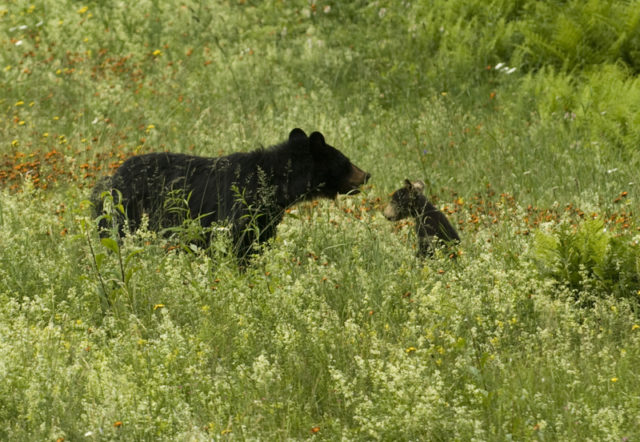
Seeing wildlife in a natural area like a state park makes for some exciting memories and fantastic photo opportunities. But it’s important to remember that these animals are wild and that we are only visitors in their home. Therefore, you need to show wildlife the same respect and courtesy that you would desire from visitors to your own home. Picking up trash, not blasting music or shouting, and keeping your distance (Leave No Trace recommends at least 30 feet) are great ways to respect wildlife when exploring nature.


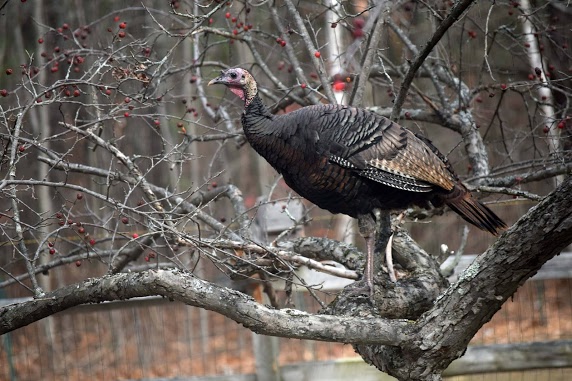
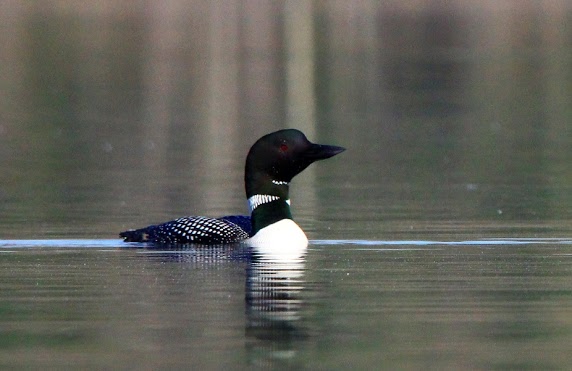
Great article! Beautiful pictures! Thanks for sharing.